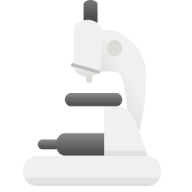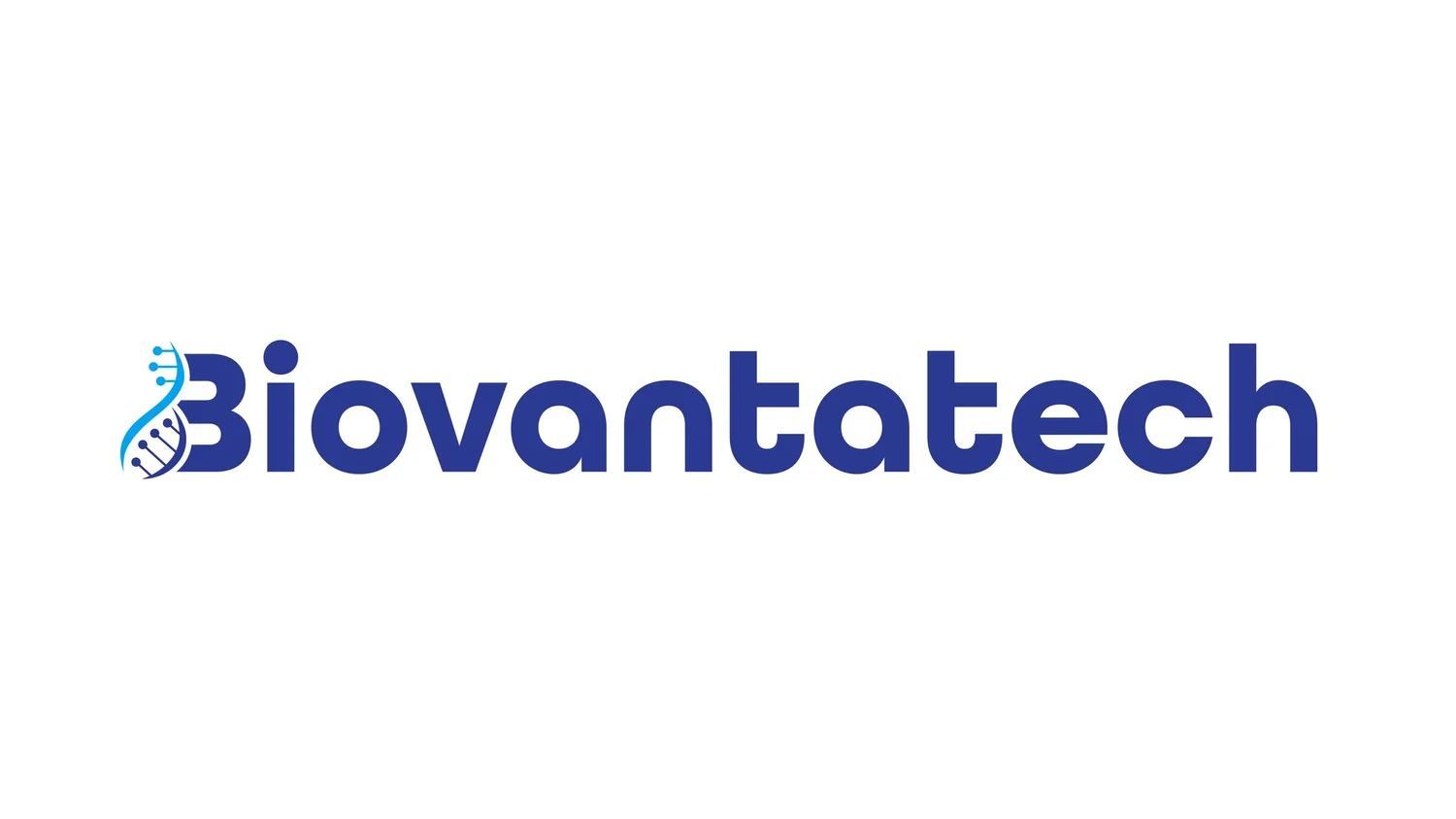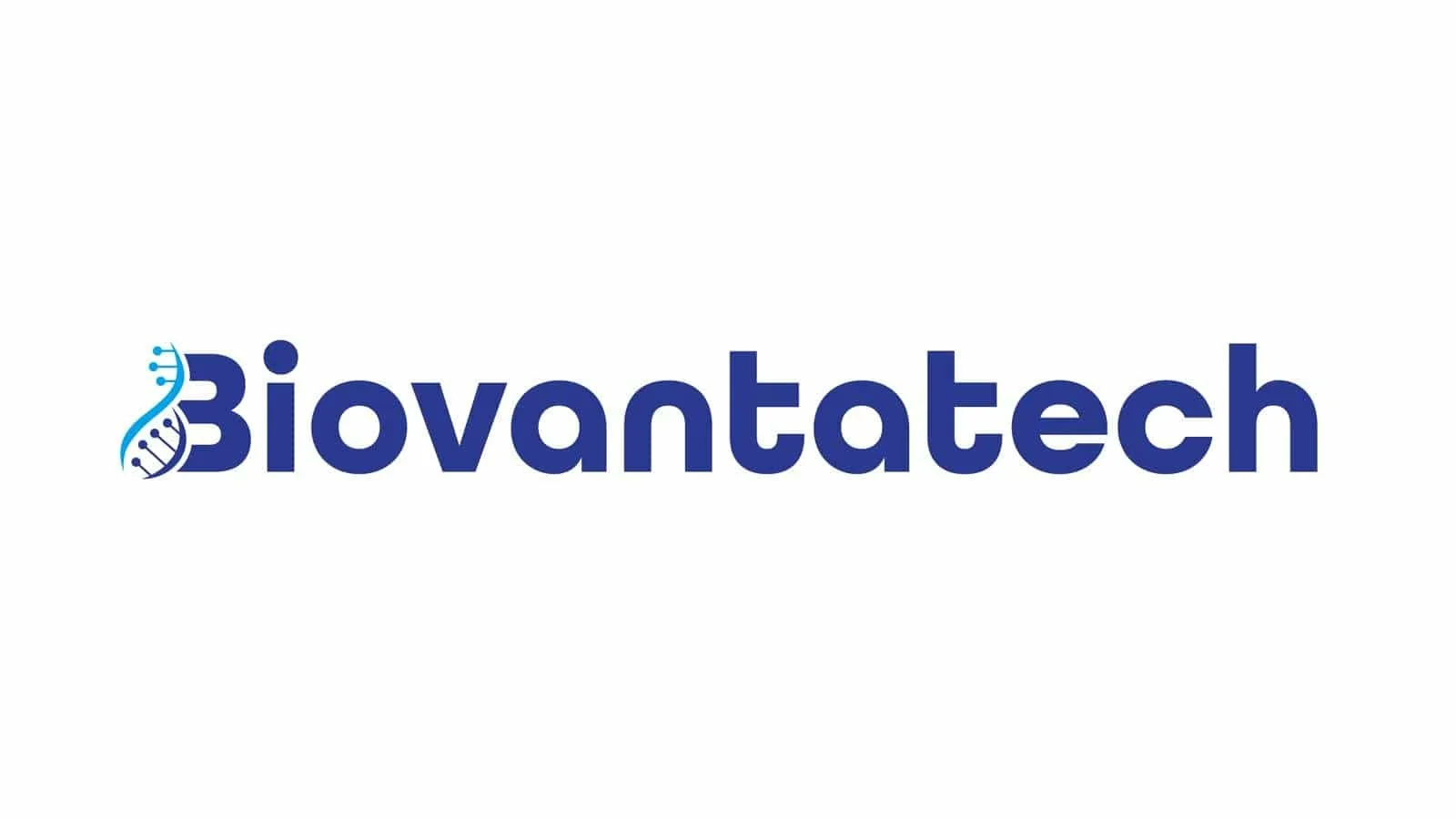Protocol for Culturing Immortalized Human Brain Vascular Fibroblasts (HBVFs)
Materials Required:
Immortalized HBVFs
Complete Fibroblast Growth Medium
1X PBS (sterile, Ca²⁺/Mg²⁺-free)
Cell Detachment Solution
Neutralization Solution
Tissue culture flasks/plates (T25 recommended)
37°C, 5% CO₂ humidified incubator
Centrifuge (for passaging)
Hemocytometer or automated cell counter
Cryopreservation medium (containing DMSO)
Liquid nitrogen storage system
1. Thawing Frozen HBVFs
Pre-warm Medium: Warm complete fibroblast growth medium to 37°C.
Quick Thaw:
Retrieve cryovial from liquid nitrogen.
Thaw in a 37°C water bath (1–2 min) until only a small ice crystal remains.
Decontaminate vial with 70% ethanol.
Transfer Cells:
Gently pipet cell suspension into a 15 mL conical tube.
Slowly dilute with 5–10 mL pre-warmed medium (dropwise to minimize osmotic shock).
Centrifuge: Spin at 200 × g for 5 min to pellet cells.
Resuspend & Plate:
Aspirate supernatant and resuspend in 5 mL fresh medium.
Transfer to an AlphaBioCoat-coated T25 flask.
Incubate at 37°C, 5% CO₂.
2. Routine Maintenance & Passaging
Monitor Growth:
Check cells daily (healthy HBVFs exhibit spindle-shaped morphology).
Passage at 80–90% confluency (avoid overgrowth).
Medium Change: Replace every 2–3 days.
Passaging Steps:
Wash cells with PBS (2–3 mL for T25).
Add 1 mL Cell Detachment Solution (T25) and incubate at 37°C for 2–5 min (monitor detachment).
Neutralize with 2–3 mL Neutralization Solution.
Collect cells by gentle pipetting.
Centrifuge (optional, 200 × g, 5 min) if residual enzyme removal is needed.
Resuspend in fresh medium and split 1:2 to 1:4 into new flasks.
3. Cryopreservation
Harvest Cells: Follow passaging protocol.
Count & Adjust Density: Resuspend at 1–5 × 10⁶ cells/mL in freezing medium.
Aliquot: Transfer 1 mL/vial into cryovials.
Slow Freeze:
Use a controlled-rate freezing container at –80°C overnight.
Transfer to liquid nitrogen for long-term storage.
4. Key Considerations & Troubleshooting
✔ Morphology Check:
Healthy HBVFs: Elongated, spindle-shaped.
Unhealthy signs: Rounding, detachment (indicates stress or contamination).
✔ Avoid Overgrowth: Prolonged confluency may trigger senescence.
✔ Contamination Control: Use antibiotics and sterile techniques (mycoplasma testing recommended).
✔ Optimal Passage Range: Use within 20–30 passages for consistent results.
Expected Outcomes
Adhesion: Within 4–6 hours.
Proliferation: Visible within 24–48 hours.
Doubling Time: ~24–36 hours (varies with culture conditions).
Typical Applications:
Blood-brain barrier (BBB) co-culture models
Fibrosis and extracellular matrix studies
Neuroinflammation and cytokine response assays


